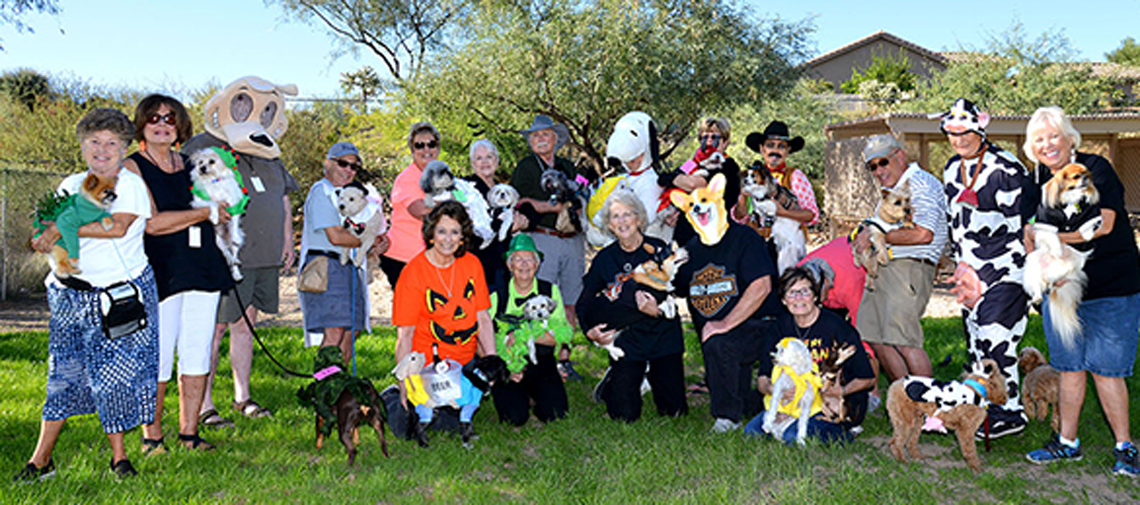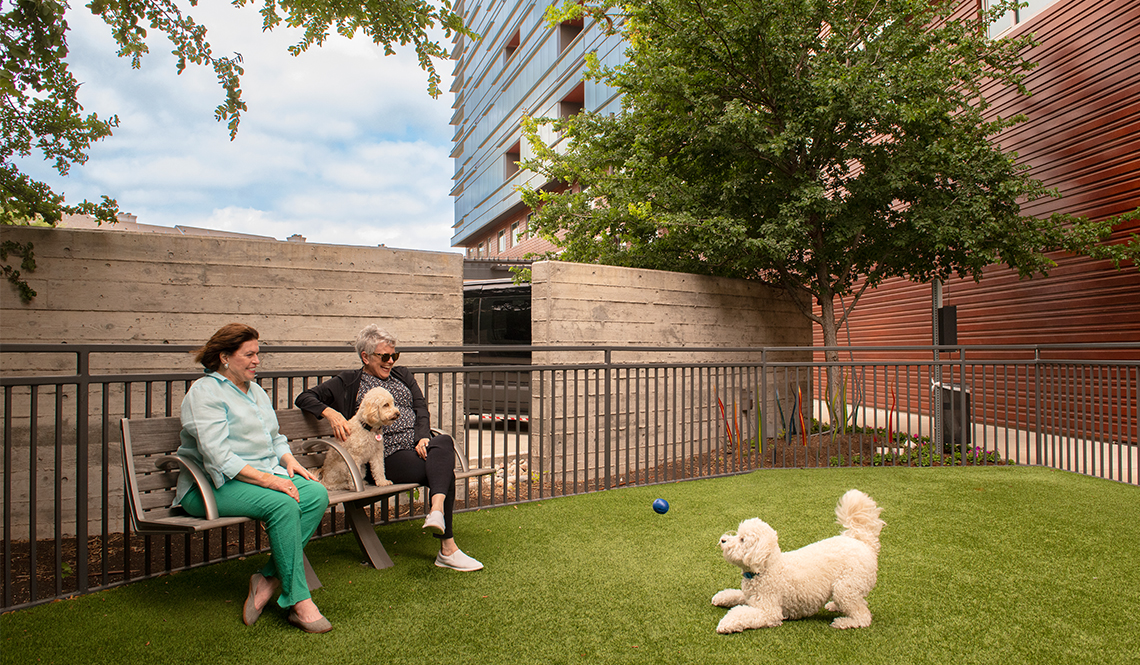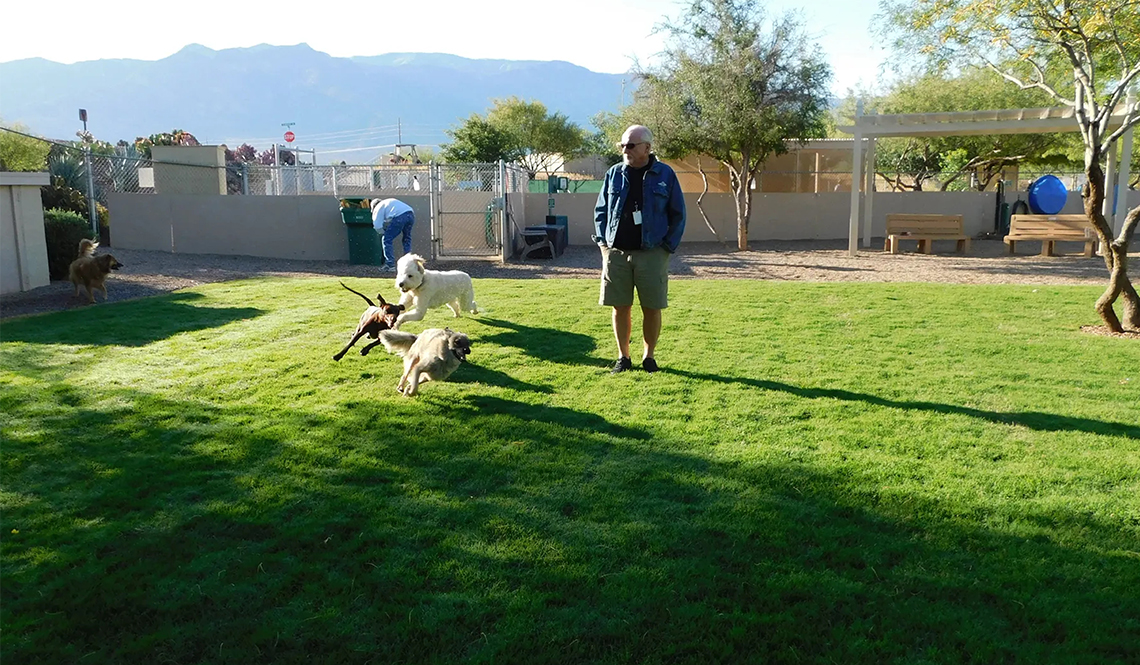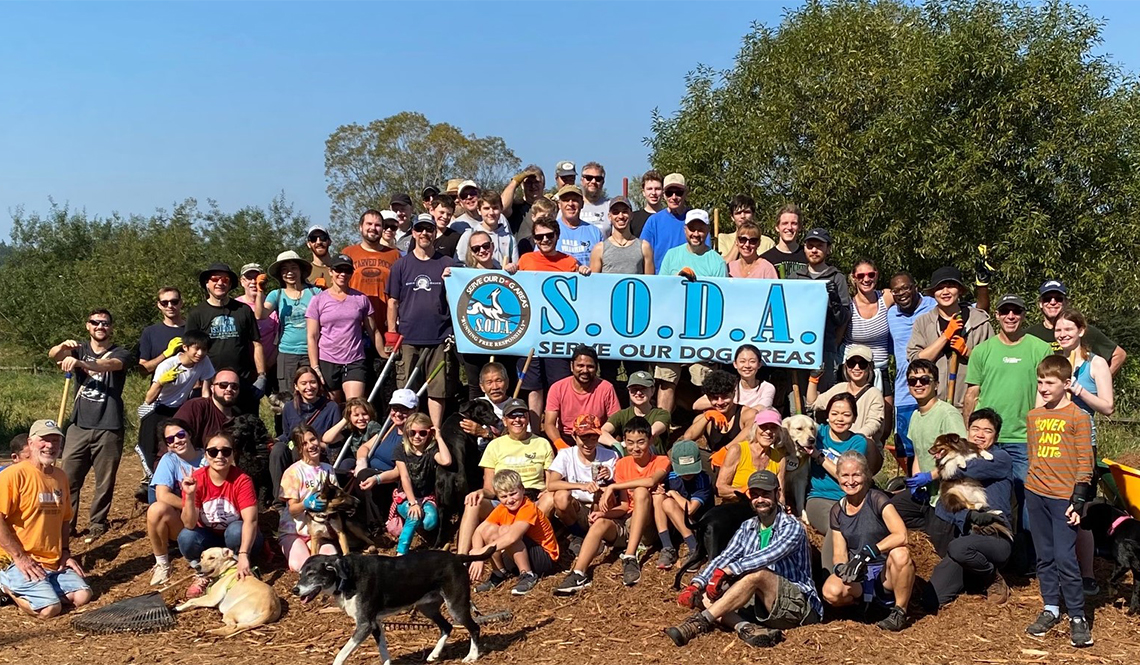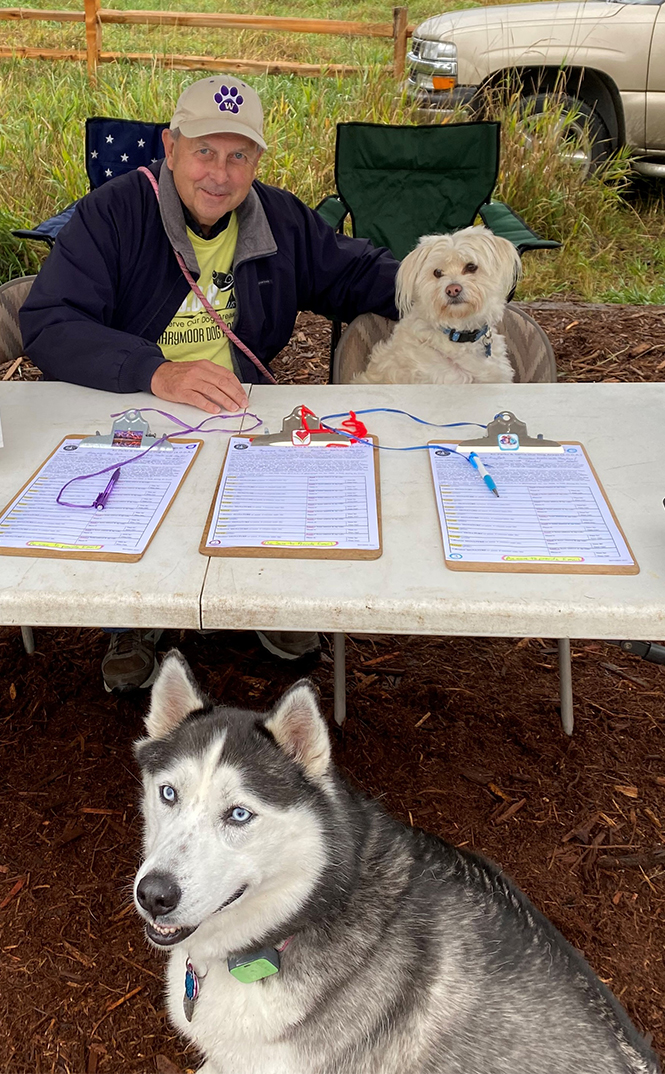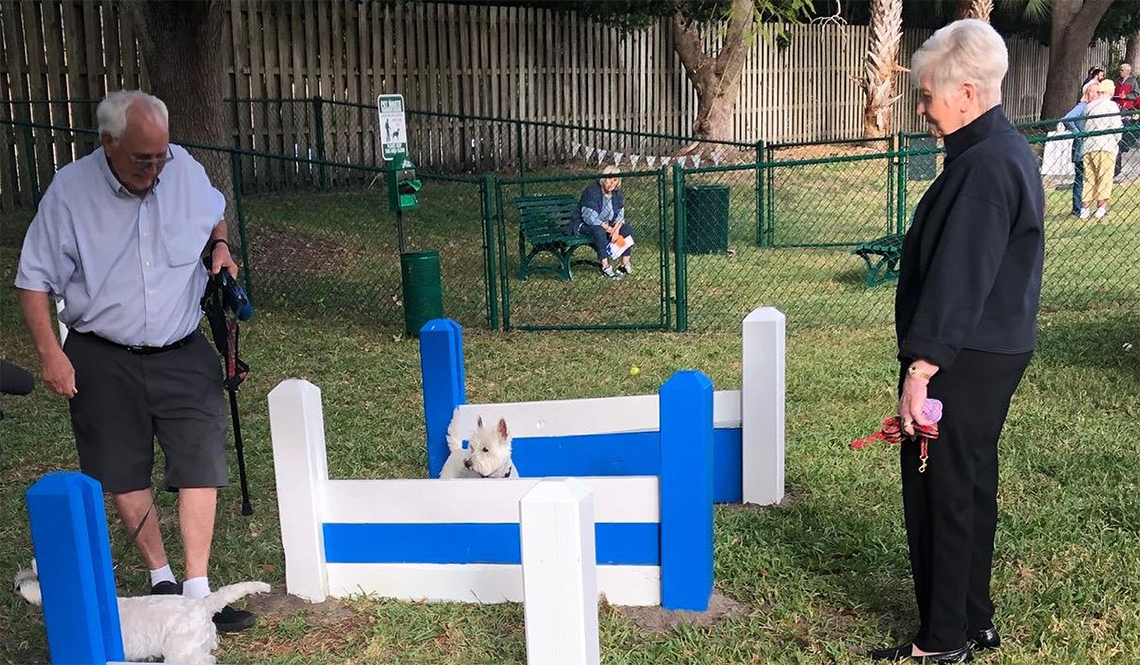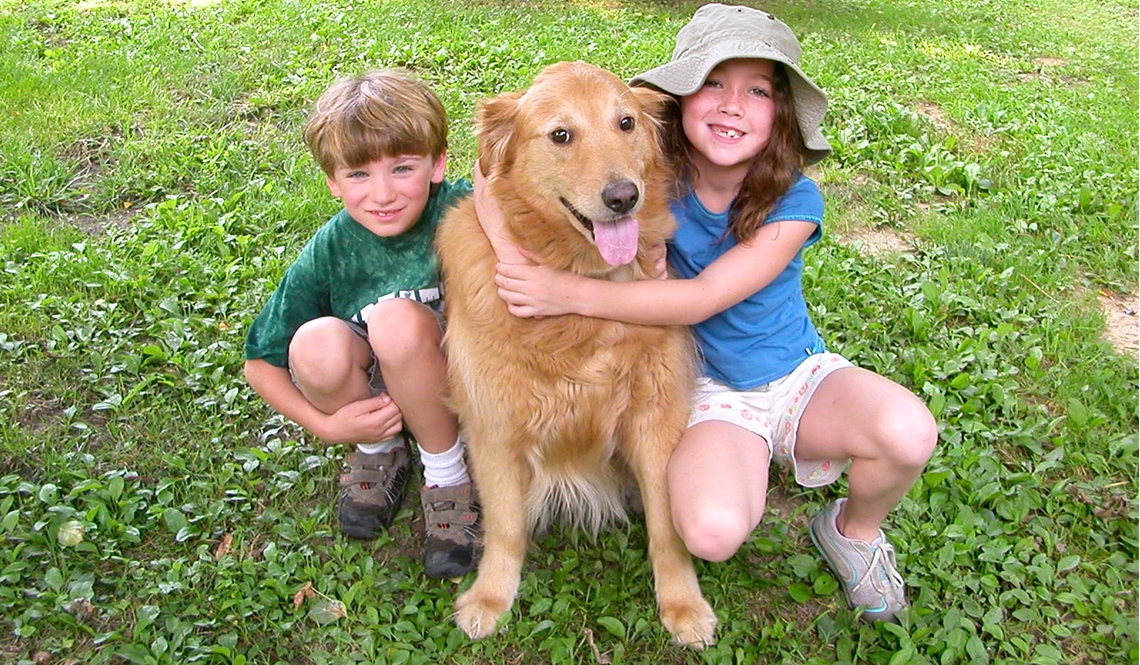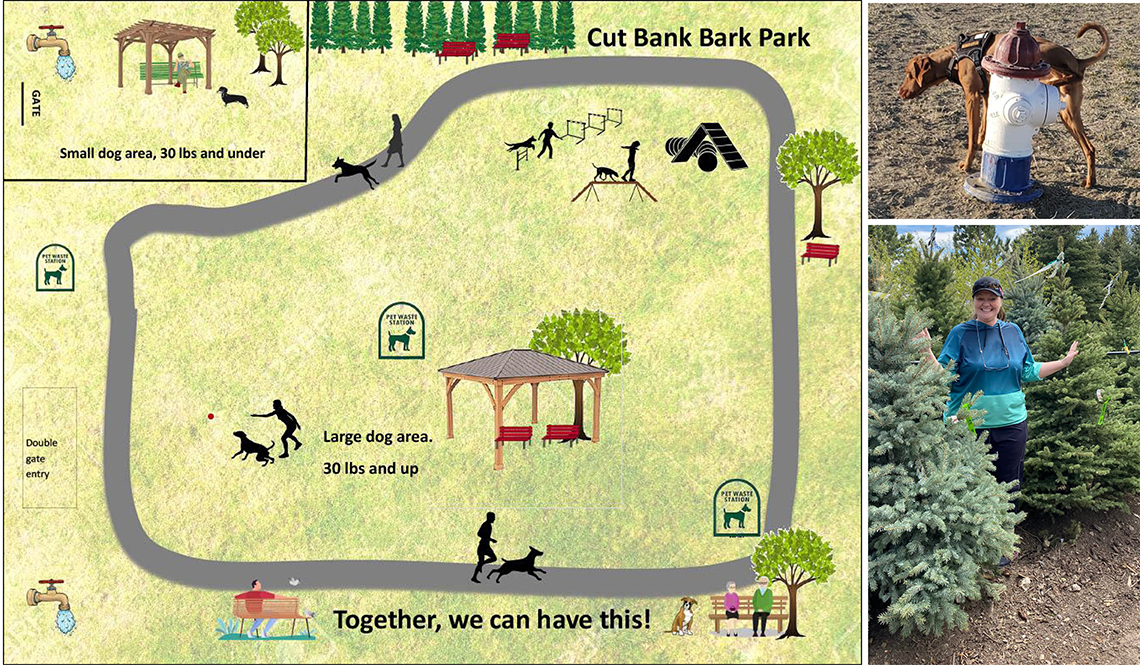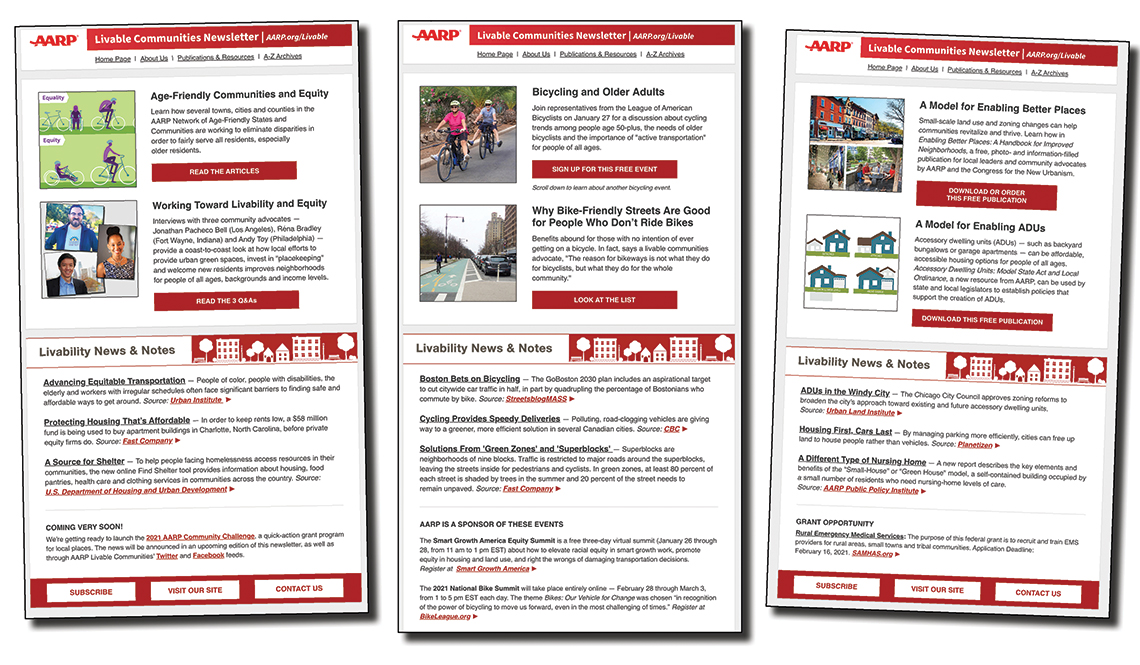At least half of the adults in the United States between age 50 and 80 have at least one pet, with dogs being the most popular, according to a survey by AARP and the University of Michigan. A vast majority of the pet owners questioned said having a pet provides physical and mental benefits.
“Our understanding of the physical and mental needs of our dogs have changed over time. We’re recognizing that a walk around the same exact block over and over again isn't nearly as enriching as building in lots of variety into their world. For dogs that are a good fit for dog parks, it can be an amazing exercise outlet and a way for them to be social. They're a species rooted in being social. For folks who may not be able to go on long hikes, dog parks can be a really wonderful solution for both the owner and for the dog.”
— Lindsay Hamrick, Director of Shelter Outreach and Engagement, The Humane Society of the United States
A survey by the National Recreation and Park Association found that 91 percent of Americans (including 89 percent of older adults) agree that dog parks — typically public, fenced-in areas where people and their off-leash dogs can play together — provide benefits to their communities.
Well-designed, well-maintained dog parks can be especially important for older people with pets — as well as for the pets themselves.
In fact, according to a study by the Dog Aging Project, dogs that have positive interactions with other dogs and humans lead healthier and longer lives. "Dogs are social animals, just like us, so they benefit from being around others," says Brianah McCoy, one of the study’s lead authors.
For people, "dog parks provide a social space for the senior population to come and build friendships," notes Shonnda Smith, deputy executive director of public works in Mobile, Alabama. "Dog parks are community spaces that bring out all types of people with one common denominator: dogs. Because of that, we’ve started to include more of them in our park construction."
Anthony-Paul Diaz, the superintendent of parks and recreation in Seattle, Washington, adds that, "the socialization may improve seniors' general health by reducing isolation and feelings of loneliness. Our staff in Seattle is working hard to ensure park needs are met for all citizens, but particularly for our seniors. We like to say, 'We grow children, equip adults and maintain wellness for our aging populations.'"
More and more communities, apartment complexes (for people of all ages) and assisted living facilities (for older residents) are welcoming pets. Many are taking that welcome one step further by building off-leash dog parks on their premises — a perk that, in some cases, is the key selling point for renters and buyers. Following are a few age-friendly examples.*
Dallas, Texas
Ventana by Buckner is a high-rise senior community with a pet park, which prospective residents with dogs are relieved to learn about.
“It's important to them, when they're making a change in their lives by moving here," says Marilyn Maus, Ventana’s director of sales and marketing." They worry about how their dog is going to adapt and whether their 'grand dogs' can stay when their adult children visit or need a dog sitter."
The building's gated dog park features drinking fountains for dogs and residents, poop bags for residents who forget to bring one, seating, shade and greenery. (Its grass is a high-quality synthetic turf. )
Marsha Bowlin, 74, visits the dog park as least three times a day with Bruiser, her 15-pound caramel-colored ball of fur, whose best friend is a 45-pound Goldendoodle. As a full-time caregiver to her late husband during his illness, Bowlin often found respite and comfort by visiting with fellow dog owners at the park. And at the same time, Bruiser could hang out with Sasha, Lily, LaLa and his other pals.
“Whether you’re 25 or 75 years old, a pet provides an emotional connection and is a companion,” Maus adds. “A lot of seniors have a dog or a cat. Caring for a pet is part of their daily lives. Having a dog park here was a natural addition.”
Tucson, Arizona
The SaddleBrooke Two Retirement Community near Tucson, Arizona, has both a large dog park (for pups of 30 pounds or more) and a small dog park. There's a fenced area within the parks for senior dogs and shy dogs. The community has miles of sidewalks and designated walking paths.
Karen Schickedanz and her husband, Norm, both 76, were among the original visitors to the dog park when it opened in 2004. “At the time, we had a Havanese puppy named Chica who absolutely loved going to the park to play with other pups," she says. "We now have a small, four-year-old mixed breed rescue that we're just beginning to introduce to the park. It's important for dogs to be able to run free in safe spaces and learn how to socialize with other dogs.”
Karen Brooks, 72, the dog park’s webmaster, notes that many of the park's human visitors would never have met had it not been for the dog park. Since moving to SaddleBrooke, Brooks has had two rescue dogs. The first was Penny, an older Poodle-Schnauzer mix. “It took five visits to the dog park during slow times for Penny to get comfortable. By the sixth visit, she was visiting every person and sitting on laps,” says Brooks, adding that her second and current pooch, a two-year-old Cairn Terrier mix named Finnegan, "enriches my life, gives me a soul to care for, gets me out for walks, and helps me meet other people.”
Redmond, Washington
Locally referred to as “Doggy Disneyland," the 40-acre dog area within the 640-acre Marymoor Park hosts more than a million human and canine visitors a year. The dog-designated section features open fields, six miles of trails and a river for swimming and playing fetch.
“Dog companions play a huge role in the ability of senior citizens to remain connected to something that makes them feel loved, something they have to put forth the energy to care for and nourish. It's a quality-of-life issue,” says Judy Trockel, co-founder of Serve Our Dog Areas (S.O.D.A.) at Marymoor Park. (Click on the image to learn more about the organization.)
Judy and Jim Trockel have been the park’s stalwart stewards for nearly 30 years. The Trockels began advocating for the dog park back when it was referred to as the “off-leash voice control dog area.”
In 1995, when the master plan for the park was drawn up, the dog area was not part of the plan. “We fought to keep it in the park,” explains Judy. “We formed a task force called S.O.D.A. — or Save Our Dog Areas, later changed to Serve Our Dog Areas — and lobbied the county council and parks system."
Using what Judy calls “old-school” methods of advocacy, the S.O.D.A. task force and local residents mailed more than 8,000 postcards asking the county executive to save the dog park.
The work paid off with the council voting unanimously to include a dog park. It also tasked S.O.D.A., which is now a nonprofit organization, with the responsibility for maintaining, operating and stewarding the park.
“We convinced them to recognize an off-leash dog area is a legitimate form of recreation, just like bicycling and tennis,” Judy explains. “The politics of recreational use is very competitive because there's only so much public park land that's available, and there are all these different forms of recreation competing for it, so achieving legitimacy is really, really important.”
The Trockels’ passion for the park is contagious, to the tune of the 100-plus volunteers — from teenagers to senior citizens — who help with the daily maintenance (such as picking up poop when an owner doesn’t) and large projects, such as resurfacing eight miles of trails with hog fuel, a wood byproduct that provides a soft walking surface for paws and feet.
Bill Pickard, 73, is a frequent park visitor with his two Golden Retrievers and his two grand dogs. “Parking is convenient, there’s lots of room and it's flat. My wife has hip issues, and she can walk around the place easily because of that and the hog fuel," he explains. "The dogs can get fully tired out in one circuit. Then they go home and sleep. When your dog is happy and relaxed, you can be too.”
Patty and Don Conrard, both in their 70s, and their Siberian Husky, Sierra (pictured), are Marymoor regulars. “Huskies are strong, high-energy, working dogs and escape artists. Huskies are not a dog you can just turn loose in the backyard and forget about,” says Don. “Many of us seniors bring our dogs to the park at about the same time every morning. It’s nice to be able to spend time talking with people my own age with similar life experiences.”
Patty was particularly grateful for the park during the pandemic. “Going to Marymoor got us through the COVID lockdowns,” she says. “It truly saved my sanity by being able to get out of the house and have some safe social interactions.” Adds Don, “For seniors like me, owning a dog forces you to get up in the morning and leave the house and get going! It’s also great exercise.”
Sarasota, Florida
The fenced-in dog park at Elancé at Sarasota, a senior-living community in Sarasota, Florida, opened in 2019. It has equipment for dogs to play on, such as a raised platform for jumping and a see-saw. Residents can also walk their dogs along nature trails on the 53 surrounding acres. The community also offers a pet concierge service, called Leash on Life, so residents who need assistive care can continue to live with their pets. The program's services include pet walking, bathing and feeding.
According to Peggy Beasley, the community's executive director, prospective residents “love seeing that we have a dog park and are pet-friendly. Sometimes, it’s the most important part of their decision to move in. Our sister community in St. Petersburg contacted us to ask how we built the dog park. Because of our park’s success, they built one, too.”
Diana Wilson, 72, and her husband Joe Farr, 84, are dog park regulars, along with Buddy, an 11-year-old Yorkie Poo, and Tuffy, a seven-year-old Yorkshire Terrier.
“The dog park is good for people's well-being as well as the dogs’ well-being,” says Wilson. “The goodwill benefits the whole community. It’s great socialization, and especially for elderly people who are alone.”
Farr hadn’t owned a dog since his childhood — he was too busy working —so he is relishing his time as a dog owner in his retirement. "This is kind of a first-time for me. It's a love that you just develop," says Farr. "They're just like people, really — except with tails."
Amy Lennard Goehner is a freelance reporter and writer. She is a former staff member of Time and Sports Illustrated magazines.
* The inclusion of named communities in the article "Parks for People and Pups of All Ages" is not an endorsement by AARP.
Page published May 2023

